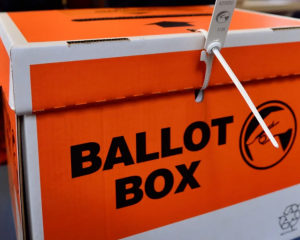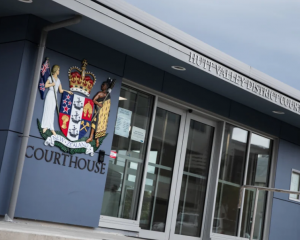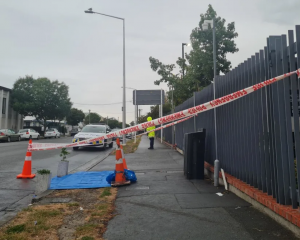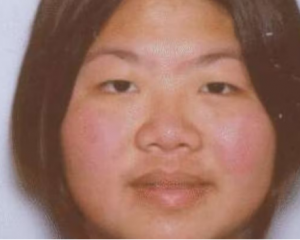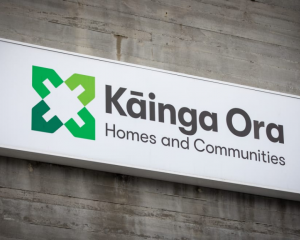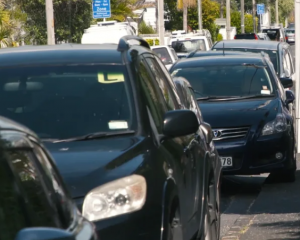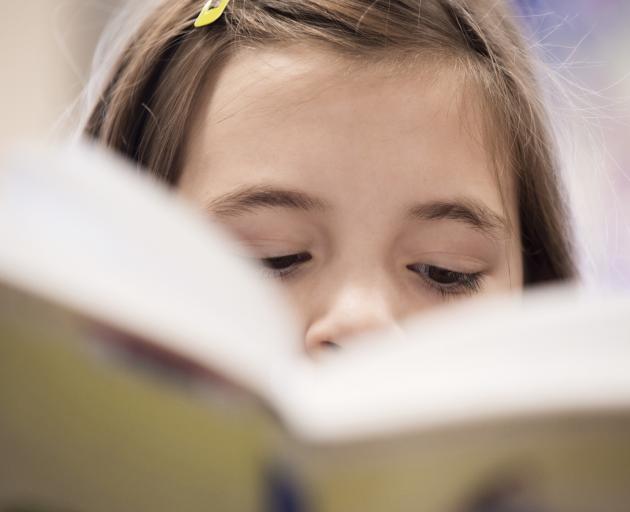
The 2020/21 Progress in International Reading Literacy Study (PIRLS) found 29 percent of New Zealand Year 5 pupils failed to meet its intermediate benchmark for reading proficiency, a group which included the 10 percent who did not even meet the lowest benchmark for reading proficiency.
Internationally, 25 percent of participating pupils fell short of the intermediate benchmark and just 6 percent were below the low benchmark.
Students meeting the low benchmark could locate information and make simple inferences about easy texts, while those at the intermediate level could make sense of texts of easy or medium difficulty.
However, another testing system found older students performed better when compared to their peers around the world.
The 2022 Programme for International Student Assessment (PISA) test found 21 percent of New Zealand 15-year-olds were reading at the lowest level - meaning they struggled with all but the simplest reading tasks measured by the test.
"The proportion of Aotearoa New Zealand students who performed below Level 2 was 21 percent, which was less than the OECD average of 26 percent. The proportion of low achievers in Aotearoa New Zealand was similar to that of Australia and the US - countries that had similar average reading performance," the report said.
It said the percentage of New Zealand students reading at the highest level, level 5, was relatively high.
"In reading, Aotearoa New Zealand had 13 percent of students performing at or above Level 5 compared to the OECD average of 7 percent. The proportion of top performers was similar to that of Australia (12 percent) and the US (14 percent), but this proportion was also better or similar to Estonia (11 percent), Japan (12 percent) and Ireland (10 percent), countries with average scores significantly above Aotearoa New Zealand."
The government is putting $67 million into a back-to-basics approach to improving children's reading and writing skills.
Structured literacy is based on understanding words using phonics and sounds.
The method would help lift student's reading from 56 percent of Year 8 students reaching expected curriculum levels to 80 percent by 2030, Education Minister Erica Stanford said.
She said structured literacy went hand-in-hand with the government's requirement for schools to teach an hour every day of reading, writing and maths.


